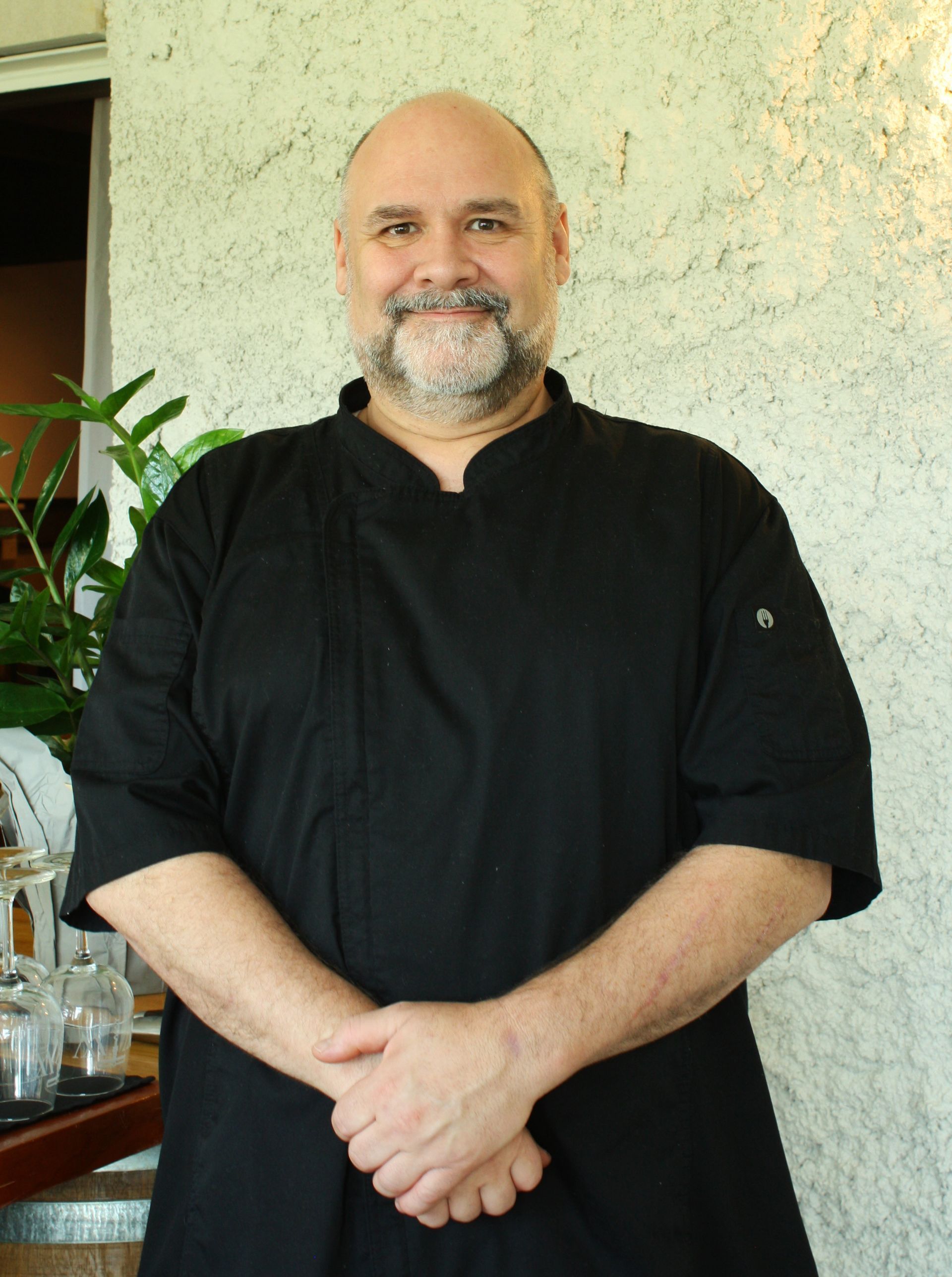Part 12: The Silos on the Farm
There were three silos on the farm. Big. Some fifty to sixty foot tall silos made in concrete interlocking pieces held tight by metal rings. One was right next to the location where we wanted the winery. It had to go. We contacted a demolition company and the price was $5K. We thought that was excessive. Dynamite would do the job. We inquired and were advised that we would need a special permit from the federal government and that it required prior FBI approval. Forget that avenue.
I went to look closely at the silo (see the first picture). It was an impressive construction covered in Virginia creeper. Checking on the concrete units, I decided to try to literally shoot the silo down. With my 30-30 gun, I made a few shots, and it very nicely penetrated the concrete pieces.
Michael Waltrip, our craftsman carpenter, was intrigued. As he was also a good shot, we decided that I would shoot the silo on the North side, and he would shoot it from the South side to chisel sideways in the concrete until we would leave a single central piece on the East side. We also shot at an angle from a nice safe distance to ensure that even if my calculations had been incorrect and the silo might collapse earlier than planned, everybody would be safe.
The moment came when there was just an eight to ten inch wide piece left right in the middle of the two sliced areas. Mike took his motorized camera. I told Patrick II and Terence to step well back, and I took the last shot. The silo collapsed just as we wanted it, and exactly where we wanted the rubble to accumulate. Cost of the operation: about $175 of ammo.
One of the other silos served as a “medieval tower” for Patrick II and Terence. Here is their description of what it became for them:
From Patrick II:
Shooting down the silo was a really impressive thing to behold for the younger Duffelers. As I recall, I was somewhat skeptical about the manner Father chose to demolish that structure. I have to give it to him; he’s one very determined and stubborn individual. Once he sets his mind on how something is going to be done, it is a rare occasion that would sway him from his course.
Terence and I were intrigued with the relative ease with which we were able to punch holes in the side of the concrete silo. After the first silo was removed, there remained two on the property, and we selected one to convert into a fort. The silo was adjacent to an abandoned barn which served as the source of lumber for our project. Armed with a couple of hammers and crowbars, we made short work of the barn pulling out beams and decking. We then punched small holes in the side of the silo about 7 ft up the side of the wall (large enough to support the beams removed from the barn). Two beams across the silo allowed us to place the decking across half the circumference of the silo. After nailing a few 2×4’s together, we had a working ladder and repeated the operation over and over. After a few weeks, we managed 6 levels and we were easily 40 ft up the silo. My parents were seemingly impressed with what we had managed to put together, but I’m sure they spent time verifying the structural integrity of our work.
To this day, I’m still grateful that they did not question what we were doing and that they gave us the space to have fun and figure things out on our own.
From Terence:
My recollection is my father and some of the local ‘yocals had a great time shooting down the silo. There were several firearms involved and, at one point, Michael brought his side arm which didn’t even dent the concrete. It sounded like a military shooting range for several days and my father’s shoulder was heavily bruised from the recoil of the .35. The silo withstood a surprising amount of damage. It was made out of concrete panels about 2 and a half inches thick and was tied together by a series of metal bands around the outside.
After expending about 75 rounds, my father hammered out some of the sections of concrete by hand using a small 5 lb. sledge. He swung the mallet repeatedly resulting in a very satisfying yet ominous reverberating booming sound in the circular concrete structure. Think of a large 60 foot tall concrete drum. My mother thought this was a terrible idea and was petrified the whole thing was going to collapse on his head. His calculations turned out to be right; still, he was lucky that removing several feet of the base by hand didn’t result in a serious injury or worse. Fully two-thirds of the circumference of the structure had been blown out at the base before the final rifle shot removed the last wedge, causing the silo to collapse.
Knowing that a silo could withstand a few blows from a sledge hammer, my brother and I then had the idea to pound a few holes of our own in one of the two remaining silos on the property. Our goal was to build a fort – a medieval tower of sorts. We ran a few beams through these holes in order to construct a series of staggered platforms. After erecting six rickety levels inside, we ran out of barn to demolish for building supplies and never reached the top. For a few years, we had the best kids’ fort in the whole county.
(Just to clarify, Terence is correct that I did hammer the two side sections to connect the bullet holes and leave the integrity of a solid pier between these two sections. I was very comfortable that Mike and I were being very careful.)
(To be continued)
Patrick G. Duffeler
Founder & CEO








